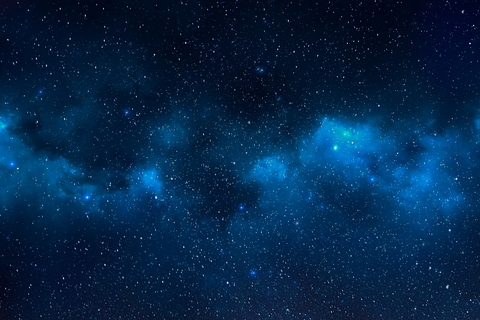Overview
Before a low-mass (M < few solar masses) star like our Sun is formed, it is conceived inside a cold (~10 K) and dense (> 105 cm-3) region of gas and dust known as a starless or dynamically evolved prestellar core. Young stars and planet-forming disks inherit at least some of their chemical composition from this preceding stage that can drive further chemical complexity. In recent years, the detection of interstellar complex organic molecules (COMs), any molecule with at least one carbon atom and six total atoms, in prestellar cores has sparked interest in the star formation community due to astrochemical and astrobiological implications. In this talk, I will discuss recent detections of key COMs, such as acetaldehyde (CH3CHO), methyl formate (HCOOCH3) and vinyl cyanide (CH2CHCN), in starless and prestellar cores from my submillimeter radio telescope surveys. I will also present new high resolution (12 and 19 arcsecond) dust continuum (at 1.2mm and 2.0mm) 3D radiative transfer modeling results for a subset of these COM-rich cores in the B10 region of the Taurus Molecular Cloud. The constraints on the physical properties and evolutionary states of these starless and prestellar cores tells us about the initial conditions of COM chemistry that will seed later-stage star formation.
